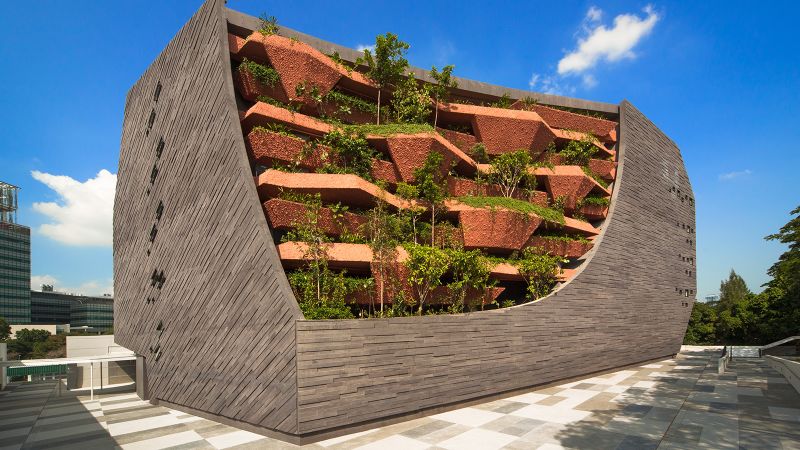Discover Singapore’s Natural History Museum
Welcome to a World of Biodiversity
Singapore’s Natural History Museum offers a unique insight into the rich biodiversity of our planet. With engaging exhibits that highlight various aspects of life on Earth, visitors gain a deeper understanding of our natural heritage. The museum showcases over one million specimens, making it an essential destination for both locals and tourists.

Architectural Marvel
Designed by noted Singaporean architect Mok Wei Wei, the Lee Kong Chian Natural History Museum is a stunning seven-story structure that resembles a giant moss-covered rock. It represents a significant investment of $35 million and is essential for preserving our history.

Dinosaur Zone Highlights
The Natural History Museum features impressive displays, including larger-than-life dinosaur replicas such as Prince, Apollonia, and Twinky. For instance, the largest dinosaur, Prince, was meticulously assembled from 27 customized crates—a true marvel of logistics and craftsmanship.

Exploring Biodiversity Gallery
The museum showcases the history of life on Earth through its main biodiversity gallery, which consists of 15 informative zones. Visitors can discover essential questions such as the evolution of terrestrial vertebrates from fish and the reasons behind birds surviving the dinosaurs.

Interactive Experiences
Visitors can engage with interactive displays, comparing skeletons and marveling at unique species such as the narwhal, often referred to as the “unicorn of the sea.” These experiences make learning enjoyable and memorable.

Tropical Rainforest Zone
Another fascinating exhibit is the tropical rainforest zone, where attendees can explore how various animals, including squirrels, lizards, and snakes, adapt to their environment. This zone emphasizes the interconnectedness of life in tropical ecosystems.

Final Thoughts
The Natural History Museum in Singapore is an inspiring destination that combines science, education, and community engagement. It is an excellent way to connect with nature and learn about the environmental challenges we face. Consequently, a visit here is both enlightening and enjoyable.








